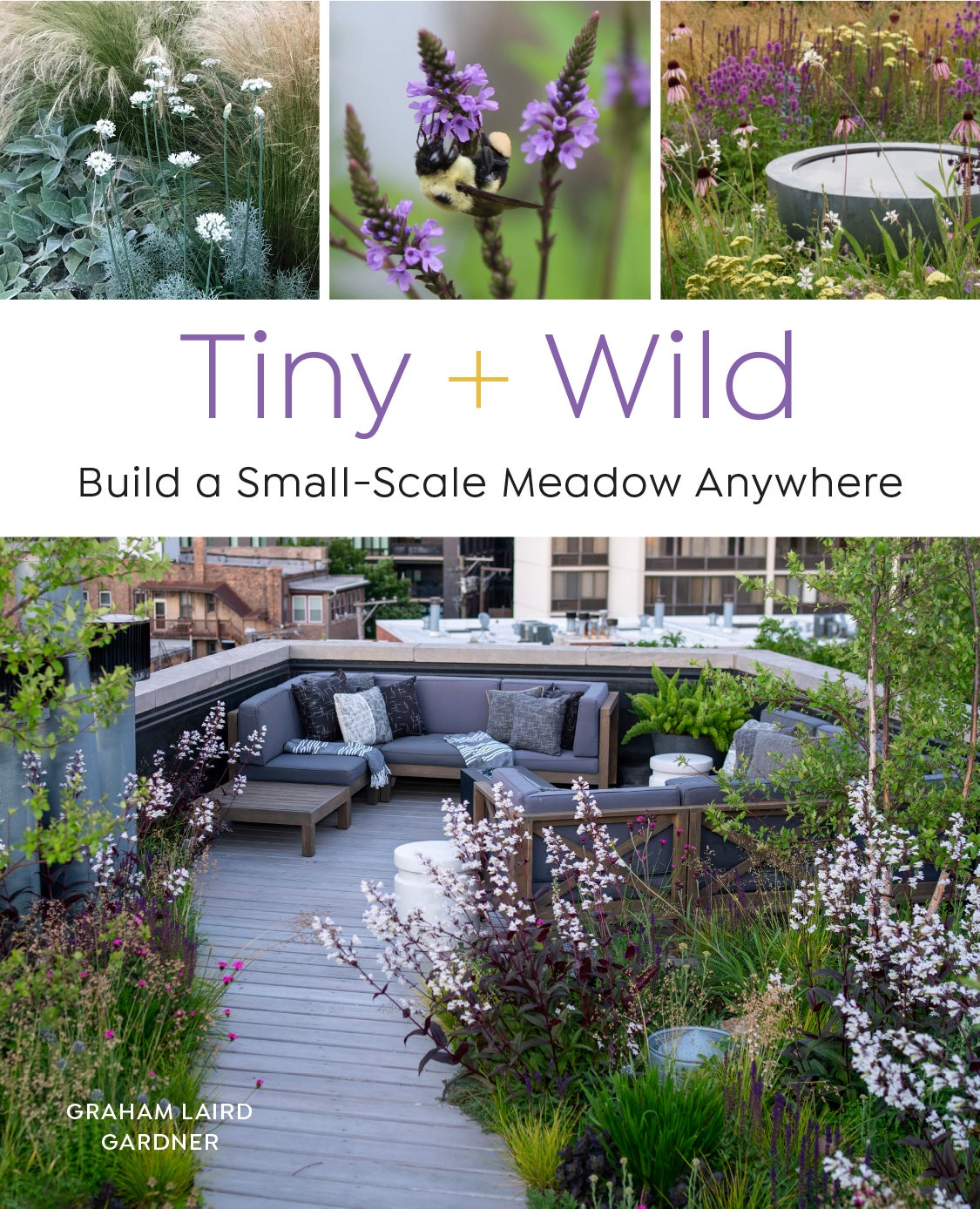URI alumnus authors meadow gardening book
by Hugh Markey
University of Island alumnus Graham Gardner ‘06 has just published his first book, Tiny +Wild: Build a Small-Scale Meadow Anywhere. Tiny and Wild invites the reader to explore a niche aspect of gardening that can exist in spaces large and small.
“I have a degree in landscape architecture from URI, and took many plant sciences courses as supplemental electives while I was there,” Gardner said.
“That academic experience and my time working with Cooperative
Extension to develop the RI Native Plant Guide really helped me formalize
concepts I was already passionate about.
“I’ve always drawn inspiration from the wild, and so my
designs have always leaned toward what I observed in natural plant communities
in surrounding areas. I’ve lived in New England, New York, New Mexico, and
Colorado. I’ve worked in California and now here in Puerto Rico. Whatever I’m
designing, it must capture a sense of place, reflecting the local aesthetic,
and support the ecosystem where I’m designing.”
Gardner will discuss his book and do a book-signing as part of the Gardening with the Masters Tour on Saturday, June 24, from 11 a.m. to noon and from 1 to 2 p.m. at the Kettle Pond Visitor Center, 50 Bend Road, Charlestown.
Tickets are required for the tour, but Gardner’s talks are free and open to the public. Buy tour tickets and find more information about the biennial event offered by URI Cooperative Extension’s Master Gardener program here.
Gardner said meadows are typically flower-forward,
biodiverse, dynamic plant systems that can be translated into the domesticated
landscape. They really simplify maintenance. “You start to treat the garden as
a system with specific maintenance practices, instead of individual species,”
he said.
“But I also wanted to show that you can’t just throw a
can of seeds and walk away from it. There’s a lot of planning and research and
maintenance that goes into establishing a successful meadow design.”
Gardner was on the board of the Rhode Island Wild Plant
Society when he read Bringing Nature Home by
University of Maryland’s entomologist Doug Tallamy. Tallamy wrote about the
importance of native plants in supporting the local ecosystem, and for
providing food for the insects that are an essential part of the trophic
pyramid.
“The plants are photosynthesizing and providing the food
for the whole system, that of insects and animals above them. That fascinated
me,” said Gardner. “And so, my design work really leans in that naturalistic
style, but is also flashy and flower-forward. I think I was selected to write
the book because I have an eye for making beautiful meadows. I knew the
concepts and how to relay them to a beginning or mid-level gardener.”
The publisher wanted the book to explore small-scale
gardening, like the area around someone’s mailbox or containers on a balcony.
They wanted to take some of the philosophy behind designing for large
residential properties and the elements down to a much smaller scale.
The difference between a meadow and a perennial garden
is, according to Gardner, that the meadow approach considers the garden as an
interwoven system, rather than discrete plants. “The design is essential for it
to read well aesthetically, so is thinking in terms of layers weaving together,
cutting it back once a year, and what insects and other wildlife are you
attracting. It’s a matter of selecting plants you might find in nature and
inviting certain species into your yard. Ideally you want to be enjoying
the meadow,” Gardner said.
How does that happen? “You want to do your research ahead
of time. You want to make the best choices that you can with the information
that you’ve gathered. Come up with this system of either a planting plan where
you know where each plant is going to go, or maybe just a planting approach to
how you’re going to lay it out in the field. I recommend a few different
techniques in the book.”
Gardner says Tiny and Wild is
written to inspire gardeners far beyond those in New England. “This is a book
that people from New England could use as well as other parts of the country.
It’s been released in the U.S., Canada, U.K., Australia, and New Zealand. My
editors expect that the book will be translated into international co-editions
in the future. Tiny and Wild was written to
teach the process globally, but with an emphasis on learning about the area you
reside in, and respecting it, honoring it, making choices from what you learn
in the areas that you are a part of.”
